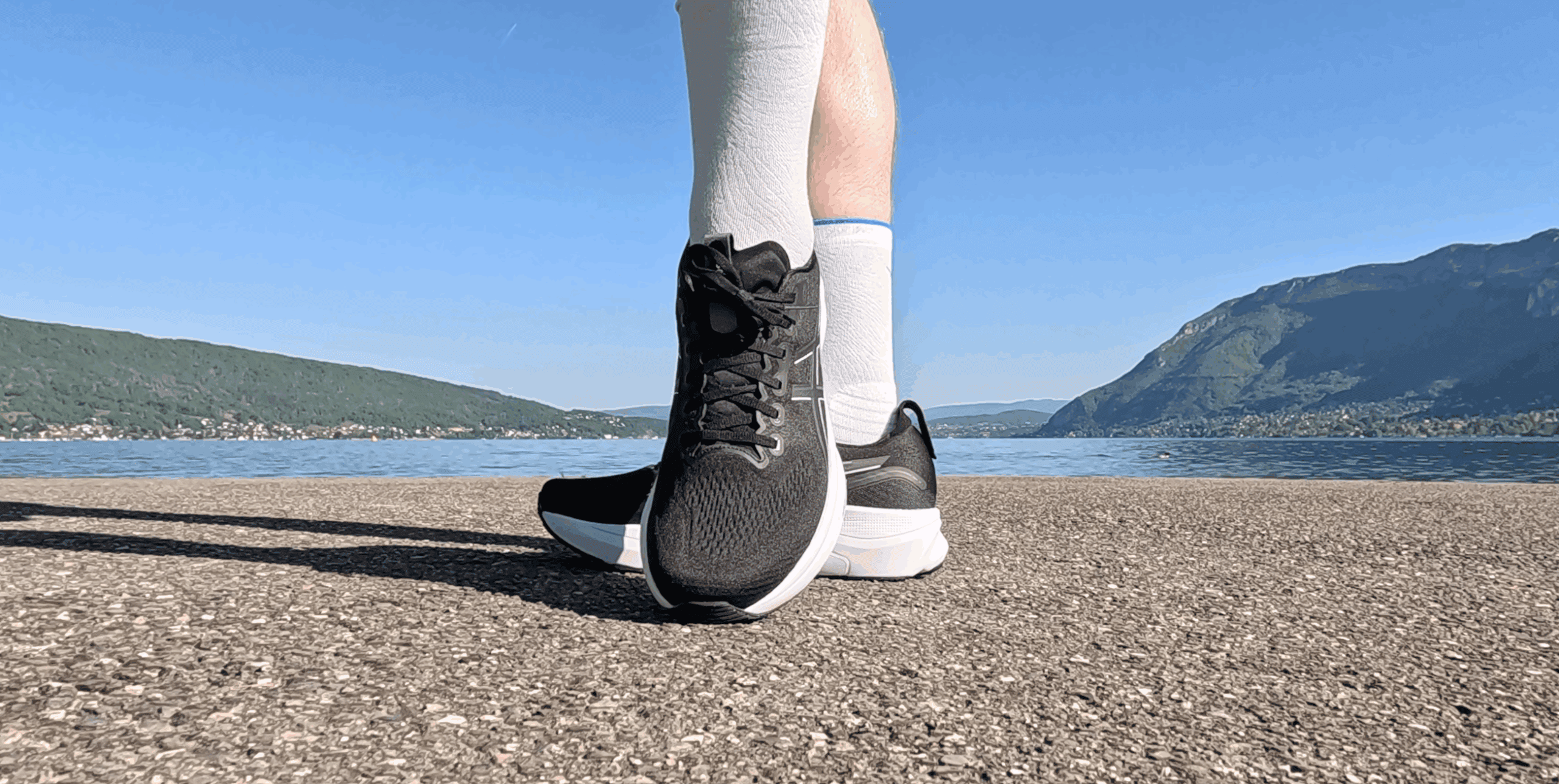Sinus Tarsi Syndrome
Read More >
Are you suffering from pain in your outer ankle? Sinus Tarsi Syndrome is one of the primary causes, and shoes play an integral role in reducing pain and addressing the cause of the injury.
Sinus Tarsi Syndrome affects the ankle joint, with symptoms presenting on the front and outer aspect of the ankle. Pain is often worse when walking or standing, especially on uneven surfaces and should ease in non-weight bearing positions while it is common to develop pins and needles on the outer ankle and foot.
An ankle sprain, excessive pronation or flat feet can cause Sinus Tarsi Syndrome and a consultation with a Physical Therapist is recommended to ensure the correct diagnosis. Shoes for Sinus Tarsi Syndrome play an integral role in recovery by helping to stabilise the ankle joint, control pronation forces, and offload the outer ankle.
It is important to keep in mind that the recommendations in this article are for educational purposes only and that treatment and guidance of care for this condition should be carried out under the guidance of a medical professional.
James McCormack is a Physical Therapist who specializes in foot & ankle injuries. James-mccormack.com is a participant in the Amazon Services LLC Associates Program, an affiliate advertising program designed to provide a means for sites to earn advertising fees by advertising and linking to Amazon.com. We use this to create content that is free to read with no additional charges when you purchase from Amazon.
The best shoes for Sinus Tarsi Syndrome are stability shoes that have medial arch support, high heel drop, a deep heel cup and balanced cushioning.
Medial Arch Support: provides a tilt on the inner aspect of the sole in the shoe to slightly evert (turn out) the ankle joint which helps by opening up the sinus tarsi joint and decreasing pain levels.
High Heel Drop: refers to the difference in the height of a trainer from the front to the back. People with Sinus Tarsi Syndrome will benefit from a high heel drop as this offloads the affected area.
Deep Heel Cup: this is part of the shoe where your heel sits. It is curved or contoured to cradle your heel, providing extra stability to the ankle joint and reducing excess pronation forces that are associated with Sinus Tarsi Syndrome or an ankle sprain.
Running shoes have much better technology than normal shoes and can be used for walking and everyday activities.
We have provided recommendations below for the best shoes for Sinus Tarsi Syndrome.

We recommend the New Balance Fresh Foam X 860v14 for Sinus Tarsi Syndrome due to their high heel drop, Fresh Foam X midsole and wide fit.
The heel drop of 10mm helps to open up the Sinus Tarsi which can reduce pain and inflammation for some people.
The Fresh Foam X midsole helps to stabilise the ankle joint, control pronation forces, and the wide fit prevents direct compression against the sinus tarsi.
Check the price on AmazonWe recommend the Asics Gel-Kayano 32 shoes for Sinus Tarsi Syndrome due to their high heel drop, 4D Guidance System, and deep heel cup.
The Gel Kayano 32 has an 8mm heel drop that can help to offload the Sinus Tarsi.
The cushioning is plush but not too soft that it doesn’t counteract the stability methods in the shoe.
There is a prominent arch support that helps with control.
Check the price on Amazon
This is not medical advice. We recommend a consultation with a medical professional such as James McCormack. He offers Online Physiotherapy Appointments weekly.
Related Article: Sinus Tarsi Syndrome